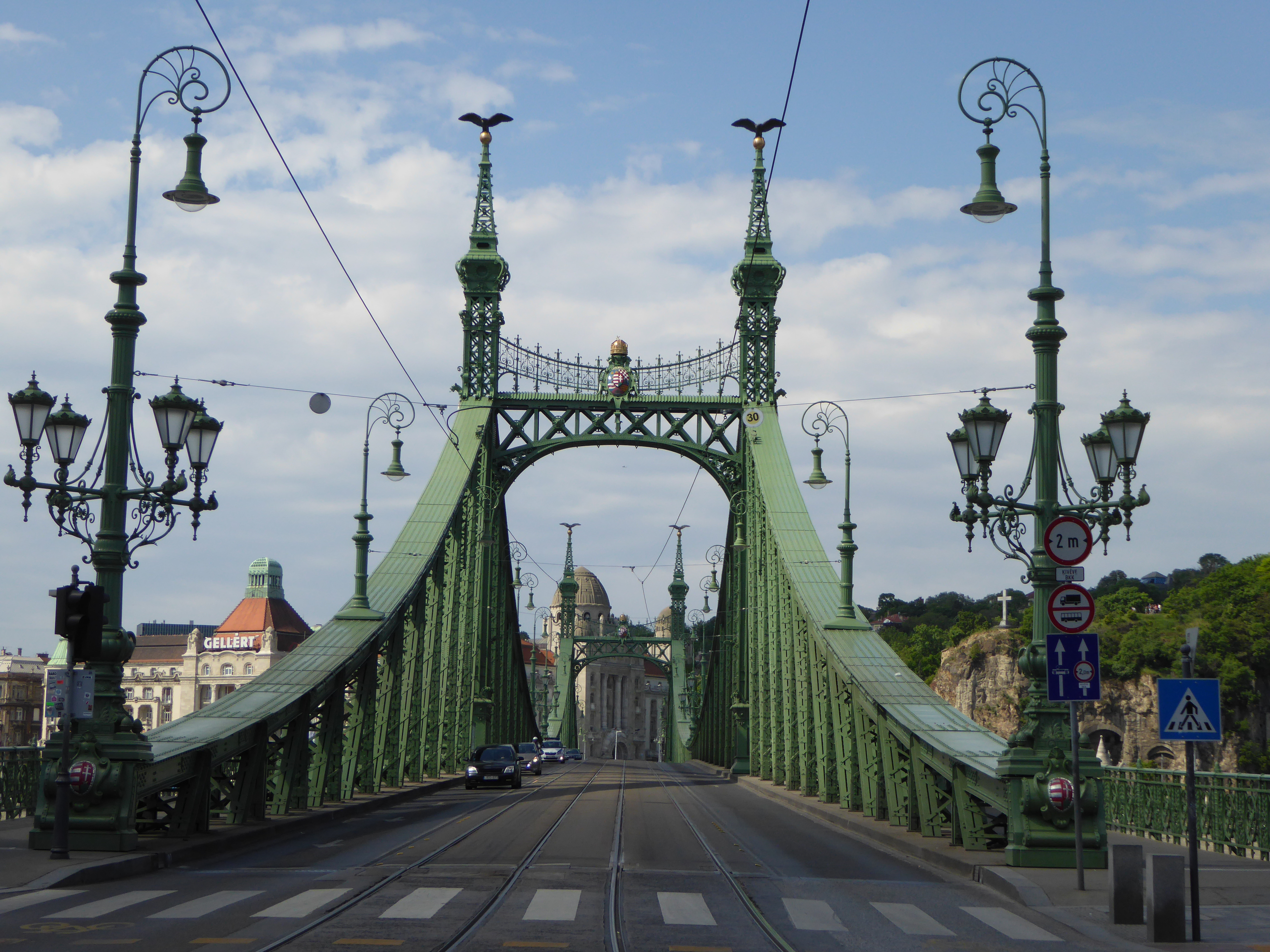A COMPARISON OF THE TRANSFORMATION OF BANKING AND INDUSTRIAL DEVELOPMENT IN CEE IN THE 1890s & THE 1990s

Trieste, maritime trading centre of the Habsburg Empire
Close ties of banks with the industry of the Austro-Hungarian Empire can be identified, yet a leading role of banks in the industrialisation process cannot be seen. On the contrary, Austrian banks were for years averse to industrial promotion in the 19th century. The caution which pervaded the banking circles in Austria and the Czech Lands was evident in the general lack of risk capital, and in the preference for participating in or granting extended credit to only the booming enterprises. The caution and the lack of entrepreneurial spirit of the banks can be seen from the fact that in the periods of economic expansion the banks lagged behind with their investments. So industrial development was not triggered by investments of banks, but was preceded by private investment or an expansion of government programmes such as railroads. This was not only true for Austrian and Czech, but also for Hungarian banks. Yet despite the fact that economic development was not bank-led in the Austro-Hungarian Monarchy, the banks did fulfil the important role of providing financial intermediation services. The widespread development of banking services, such as credit on current account, open book advances, and discount of bills, were the main contribution of banks to industrial development. They were very efficient in mobilising capital.…




